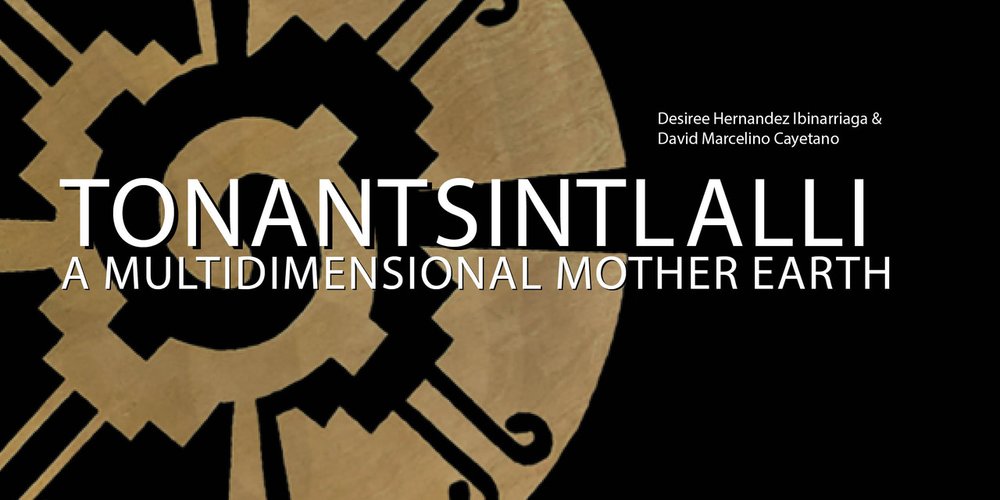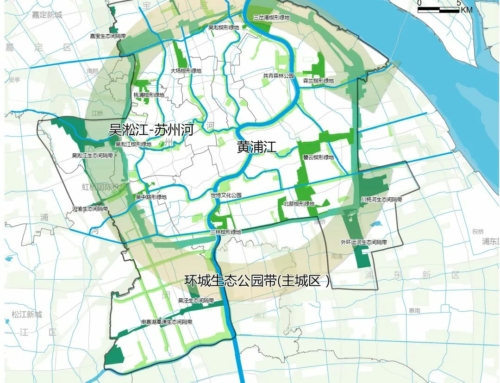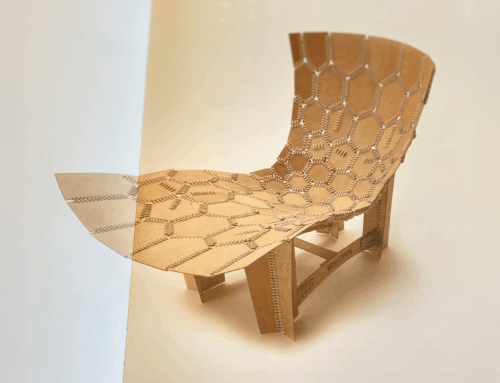Can indigenous knowledges help us inhabit our own places in a more adaptive and responsive ways? Can connection with these kinds of lived experience help us redefine development, and progress in our own situations? The text below is my introduction to Tonantsintlalli – a multidimensional Mother Earth presented by Desiree Hernandez Ibinarriaga & David Marcelino Cayetano @blakdotgallery Brunswick, Melbourne, Australia
“The destruction will stop when we see nature differently, relate differently, understand our purpose here differently”.
Those words – from the Spanish priest and philosopher Raimon Pannikar – surely ring true. But how would such a transformation happen? Most of us feel trapped in world that is mesmerised by all things digital, and framed by a form of scientific knowledge based solely on rationality.
Tonantsintlalli is about a different everyday vitality – Mother Earth – experienced in different ways. These ways ways of knowing, and being, are infused with the values of care, cooperation, and connectedness. Indigenous peoples, in this world, live in harmony with their territory. Empathy with each other, and with all the species that live there, is taken for granted.
These ways of inhabiting the world are literally vital. Although indigenous lands account for less than 22 percent of the world’s land area, their traditional territories are home to approximately 80 percent of the world’s biodiversity – its life.
Also remarkable: whilst ‘systems thinking’ is a novelty for most of us in the industrialised world, sensitivity to ecological systems seems quite natural for those attuned Tonantsintlalli.
Can indigenous knowledges help us inhabit our own places in a more adaptive and responsive ways? Can connection with these kinds of lived experience help us redefine development, and progress in our own situations?
Appreciation for the value of traditional ecological knowledge is certainly growing. For one thing, the gap between the two world views has been narrowing. Since the 1980s, especially, scientific discoveries have undermined the idea that man is separate from nature.
From the study of sub-microscopic viruses, yeasts, ants, mosses, lichen, slime moulds and micorriza – to trees, rivers and climate systems – a profoundly startling picture has emerged. Our planet is a web of interdependent ecosystems. On a molecular, atomic and viral level, no organism is truly autonomous – and that includes us.
The importance of this new perspective is profound. If our minds are shaped by our physical environments – and are not just a bunch of synapses clicking away inside our box-like skulls – then the division between the thinking self, and the natural world, begins to dissolve.
Having worked hard, throughout the modern era, to lift ourselves ‘above’ nature, we are now being told by modern science that man and nature are one, after all.
This is something that indigenous peoples have known all along.
But some words of caution are needed here. Contact with Tonantsintlalli teaches us that indigeneity is a practice, not a thing. This practice is situated, place-specific, and relational. It is shaped by multiple timescales – not all of them linear ones. It exists among an ecology of actors – human, and non-human – and the places we inhabit.
Indigenous knowledges, it follows – culture, language, history, and ways of life – are diverse. They are not recipes, as if for a cake. They cannot be extracted, printed on method cards, and applied to people, or places, somewhere else.
Given those qualities, what kind of relationship with indigenous knowledge should we aspire to – especially people like this writer who are who white, male and privileged?
Our first responsibility, I believe, is to deepen our connections with our own places.
The ‘work that reconnects’, of the kind taught by Joanna Macy, develops understanding that we are part of a living world, not its external observer. The addition of ecology and systems literacy can enhance the capacity for attention, attunement, and care, that we now lack.
The work of reconnection is not incompatible with scientific enquiry. On the contrary: scientific and indignenous knowledge can complement each other and expand a shared menu of potential insights.
Whether it’s eDNA analysis used to diagnose the condition of damaged soils, or Artificial Intelligence that translates of indigenous languages, new technologies can be positively transformative, too. And in his new book Gaia Alchemy, the English scientist and ecologist Stephan Harding describes the reintegration of rationality and intuition, science and soul as a living process right now.
One way to be fair, and respectful, in our relationship with other knowledges is to change the words learning from to learning with. With a commitment to collective learning, we can combine knowledge systems of South and North, learn from a of a multiplicity of approaches, and, in Arturo Escobar’s words, “inhabit a world where many worlds fit – a pluriverse”.





